X5 Plus Two
The first X5 attained its own fanbase, with its “go almost anywhere” ability, and impeccable road manners. This also marked the beginning of the BMW X range of cars.

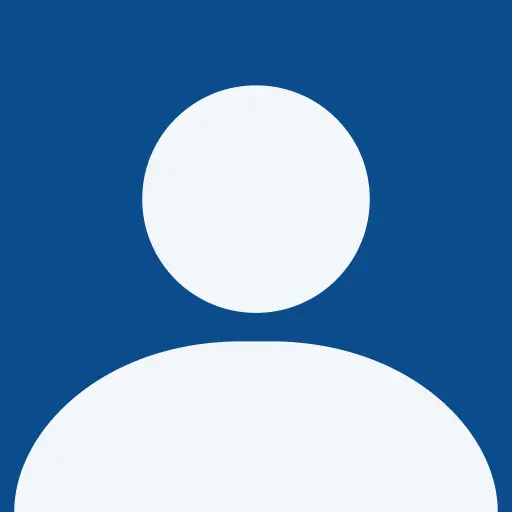
The original X5 may not have been a looker. But it, along with just a handful of SUVs (a term, which had then just become the buzzword in the motoring industry) became so sought after almost overnight. The new vehicle genre also meant that you need not choose an estate car if you had to haul stuff frequently.
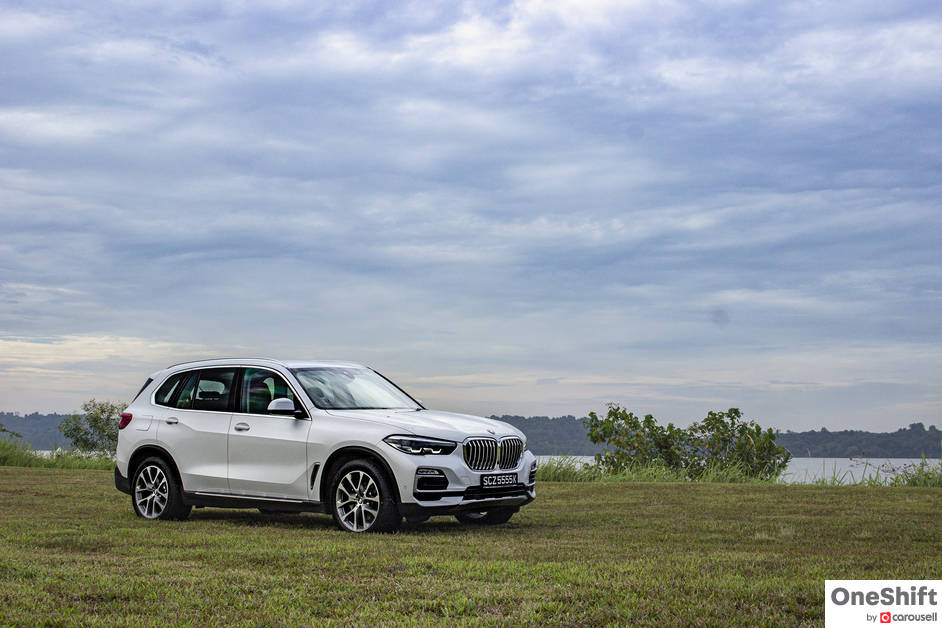
The first X5 attained its own fanbase, with its “go almost anywhere” ability, and impeccable road manners. This also marked the beginning of the BMW X range of cars. BMW which then owned Land Rover, benefitted from the latter’s Hill Descent Control, which made descending from steep slopes a breeze. While perhaps unlike its English-built counterpart, which could “actually go anywhere” thanks in-part to better wheel articulation, the X5 on the other hand turned out to be quite the driver’s car, a quality unseen in SUVs at the time.

The new BMW X5 has grown over the years. In-fact, it is a whole 25cm longer than the first generation car. Born in BMW’s sprawling Spartanburg plant in South Carolina, where the smaller X3 and X4 are also made; the new X5 is built on BMW’s extensively used Cluster Architecture (CLAR) platform, which is also utilised by cars like the 3 Series and 5 Series sedans, as-well-as the all new X7, which the X5 is closely related to.

BMW’s new super-sized kidney grille which has been gracing their new range of cars, and even the refreshed 7 Series flagship sedan, makes its way to the X5. We know that the styling has had mixed response, but we do like how the front of the X5 exudes a sense of robust assurance and authority. The X5 also gets BMW’s new Laserlight (indicative through the headlamp’s blue markings), which can function up to a distance of 500m, ideal for high-speed clarity at night.
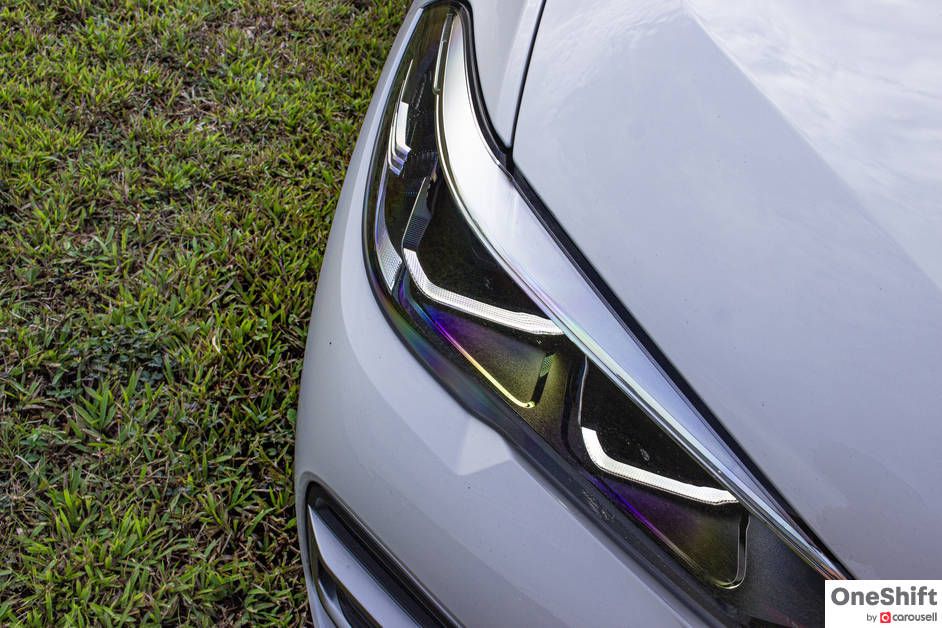
Wider by 66mm, with a wheelbase of 2,975mm, and 42mm more than the previous X5, the added girth especially adds to the new car’s road presence. In-fact, it the new X5 is actually slightly wider than its X7 sibling. Visual play of its character and accent lines help to subtly communicate both road car capabilities through the front, and higher-riding off-roading capabilities at the rear.
A pair of two-piece LED tail lights are visually fed by the car’s character line which turns upward at the rear door, and makes the X5 easily distinguishable, presenting a smoother and neater appearance.
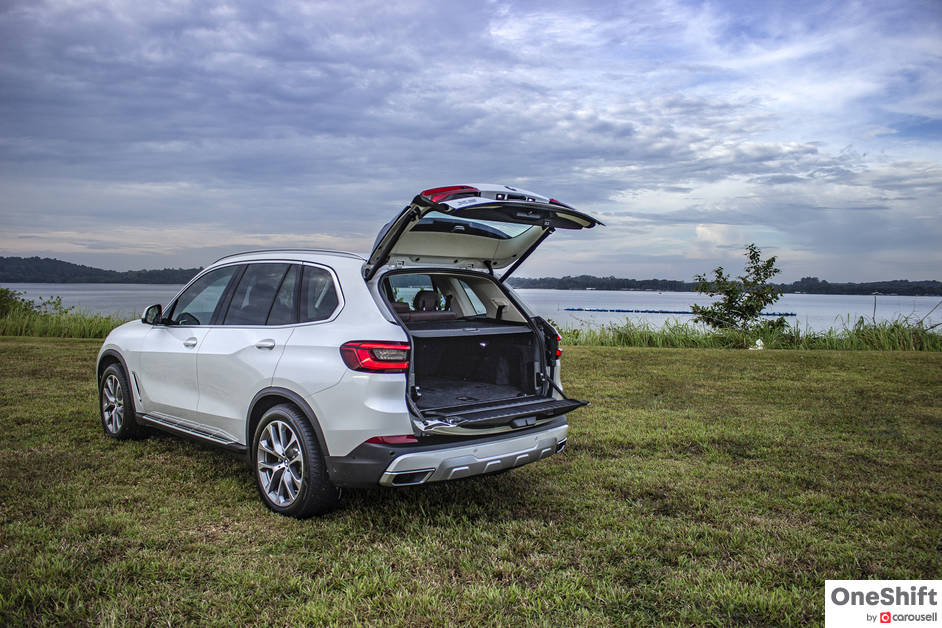
In typical BMW style, the X5 features a driver-oriented centre console, featuring design elements which are heavily shared with the newly launched 3 Series, 8 Series and the X7. The fancy crystal gearshift knob, seen on the 8 Series and X7 however, is not included.
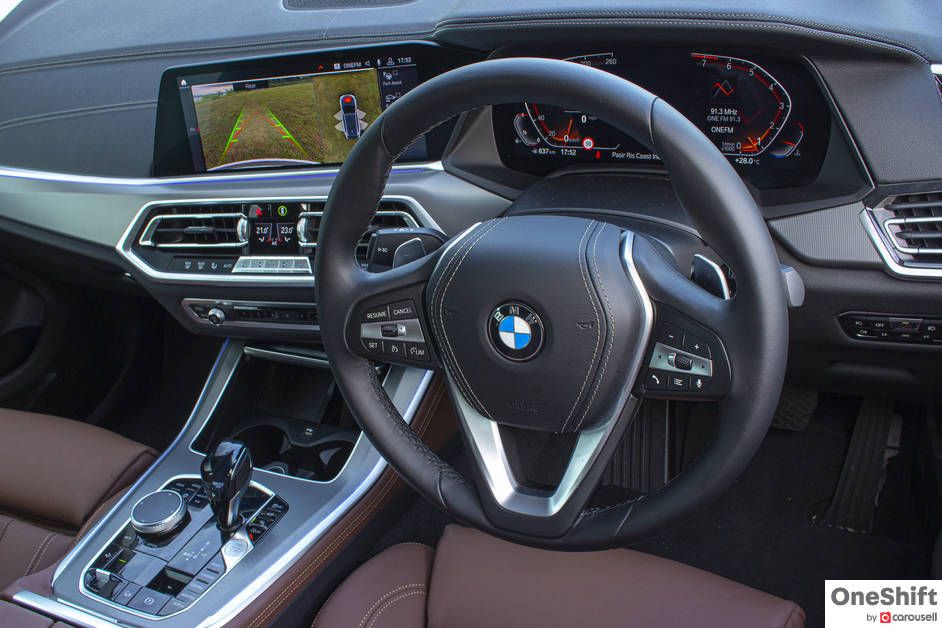
Sweeping horizontal lines, which are combined with electroplated trim, plays on the width of the interior, bringing about an added sense of space. An available panoramic glass sunroof is helpful, if you would like to add more light into the cabin. For more coin, you can even ask for theSky Lounge option of the panoramic glass roof, also found in the X7; which generates a unique aura in the dark. This is done via LED light spreading across the glass surface, which illuminates more than 15,000 patterns, reminiscent of a starlit sky.
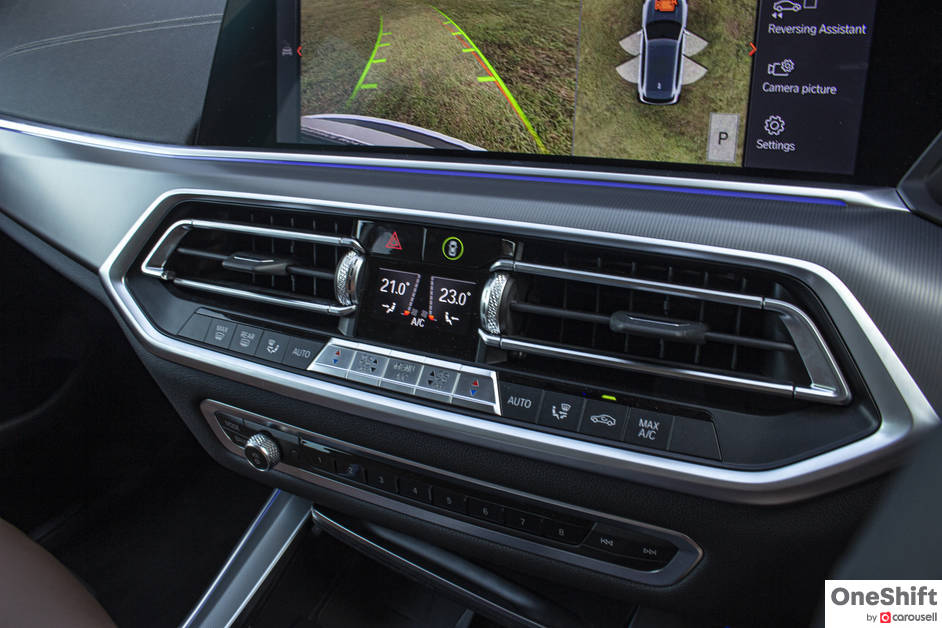
BMW’s operating system 7.0, which includes two 12.3” screens, one which fronts the infotainment system, while the other functions as the instrument cluster, makes its way into the new X5; and features the new BMW Intelligent Personal Assistant. Activating the Personal Assistant can be done, simply by saying ‘Hey BMW’. Just like Google Home or SIRI, the system reacts to logical commands, and can help from things like wayfinding, climate control and even swapping drive modes… the last one which is my personal favourite... “HEY BMW! I’m bored!”, and right away you are in ‘Sport’ mode, complete with performance gauges.
Controlling the infotainment unit can also be done via the iDrive knob and through gesture control. Mobile connectivity through Apple CarPlay and Android Auto is standard, and those with devices which supports wireless charging will also benefit from the wireless charging pad sited in-front of the cup holders.
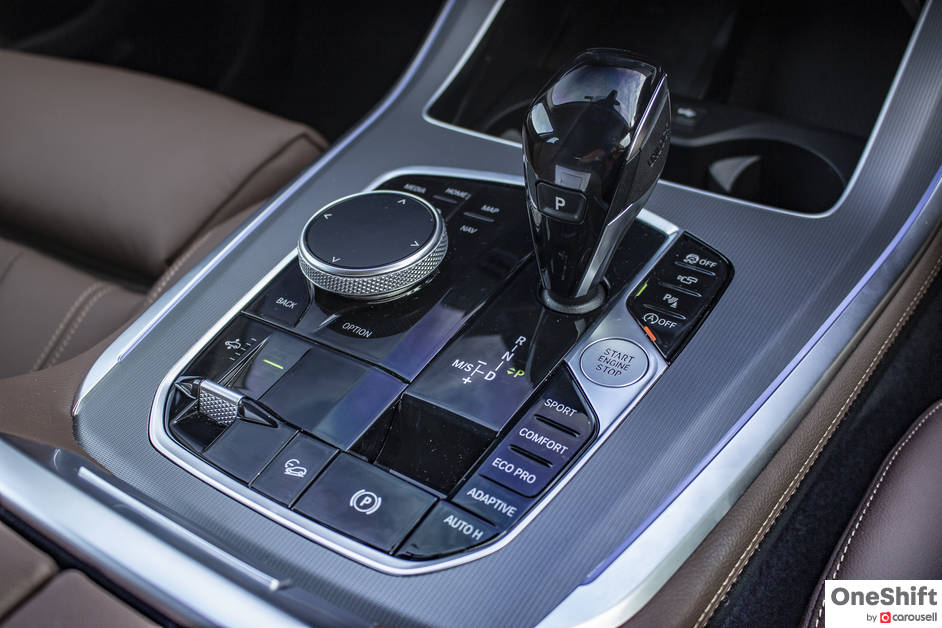
Another addition to the X5, is the BMW Digital Key, which relies on NFC technology, letting your phone act as a key to unlock and start the car. This allows more members in the family access to your car. For now, the system only works with Samsung phones.
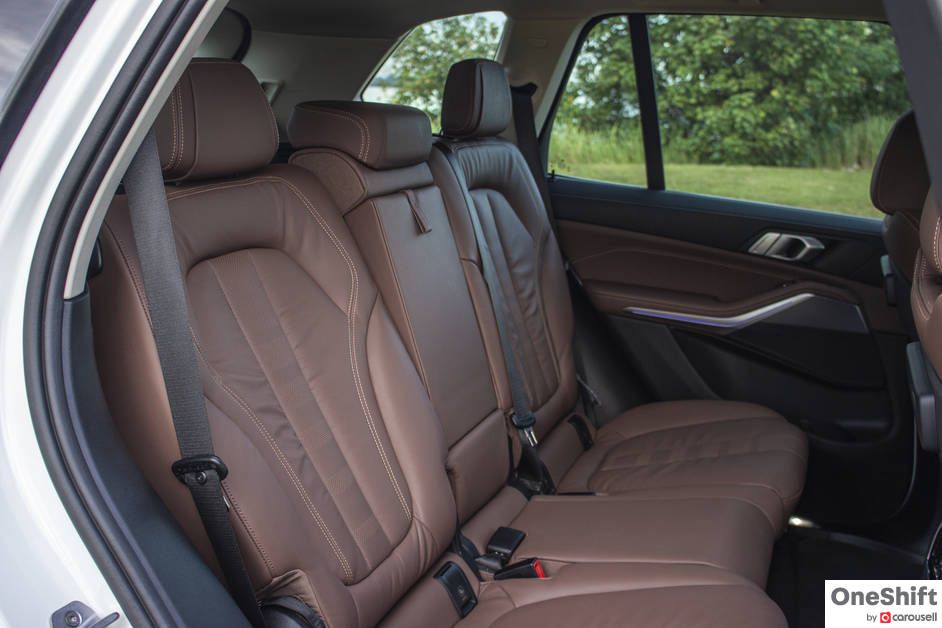
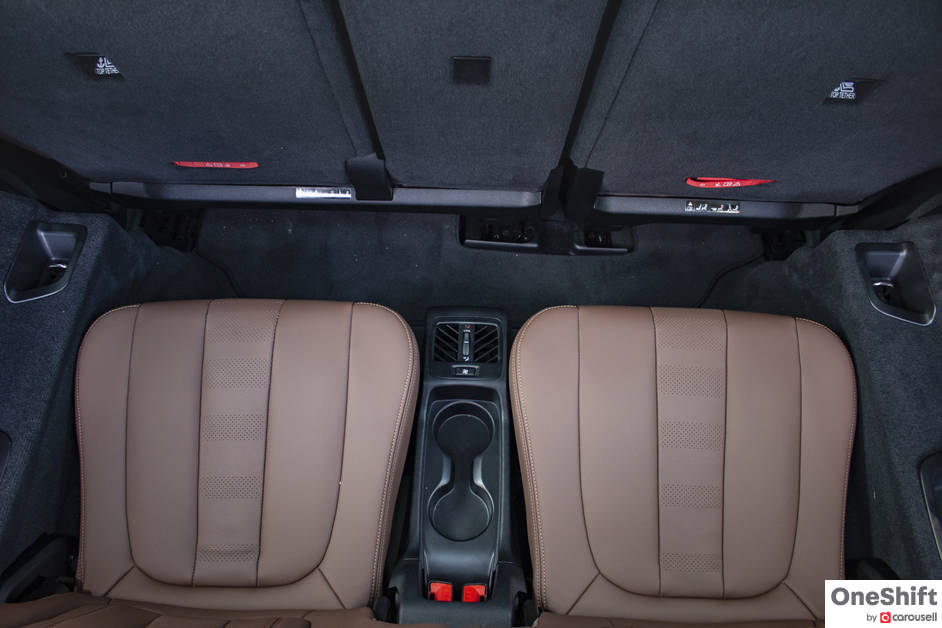
Accomodation-wise, there is plenty of room for front and middle row passengers. Seats are supportive, with front row seats benefitting from thigh support cushions. Third row accomodation is actually decent enough for the average Singaporean journey, but do not expect to stretch your legs out. There is an available 5-seater model which you can opt for, but the +2 seats in our test car will mean better versatility. I do have a gripe however, about the snails pace the electric middle row operates at.
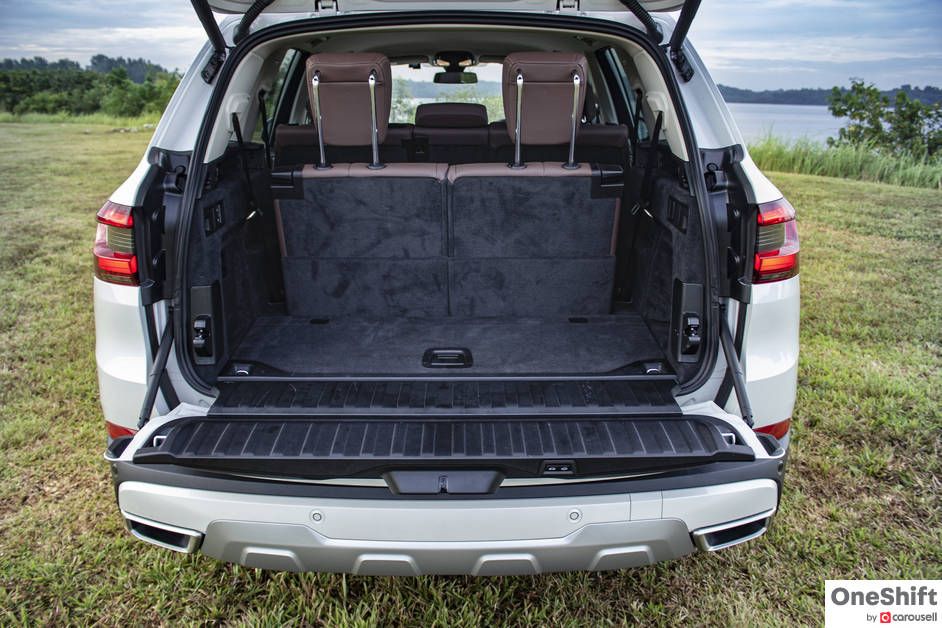
Cargo room is practical, while 274 litres available with the last row deployed, they do fold neatly, and flat in 50:50 fashion to reveal 645 litres. The middle row seats split 40:20:40, and can be electrically folded, offering up to 1,860 litres. The X5 also retains its split rear electric tailgate for easier loading, further complemented by height adjustment switches, to lower the rear end of the vehicle.
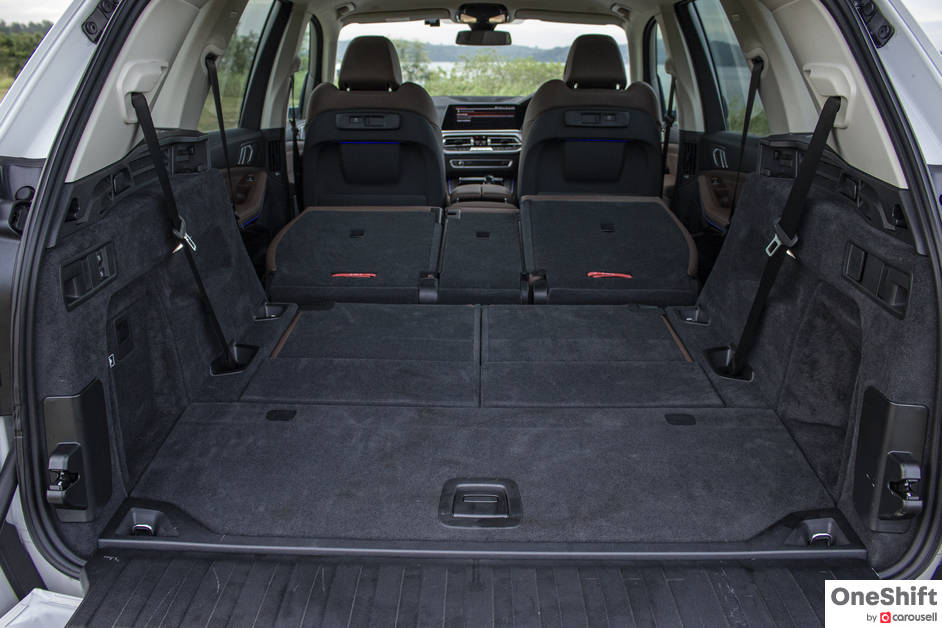
Singapore gets just one engine option for now, a 3.0 in-line 6 cylinder unit, fitted with a twin-scroll turbocharger. Power is rated at 340hp, while peak torque at 450Nm, is developed willingly from as low as 1,500 till 5,200rpm, ensuring a constant delivery. Drive to all wheels is through a ZF8HP family 8-speed ‘Steptronic’ transmission. The century sprint benchmark is delivered effortlessly in a mere 5.5 seconds.
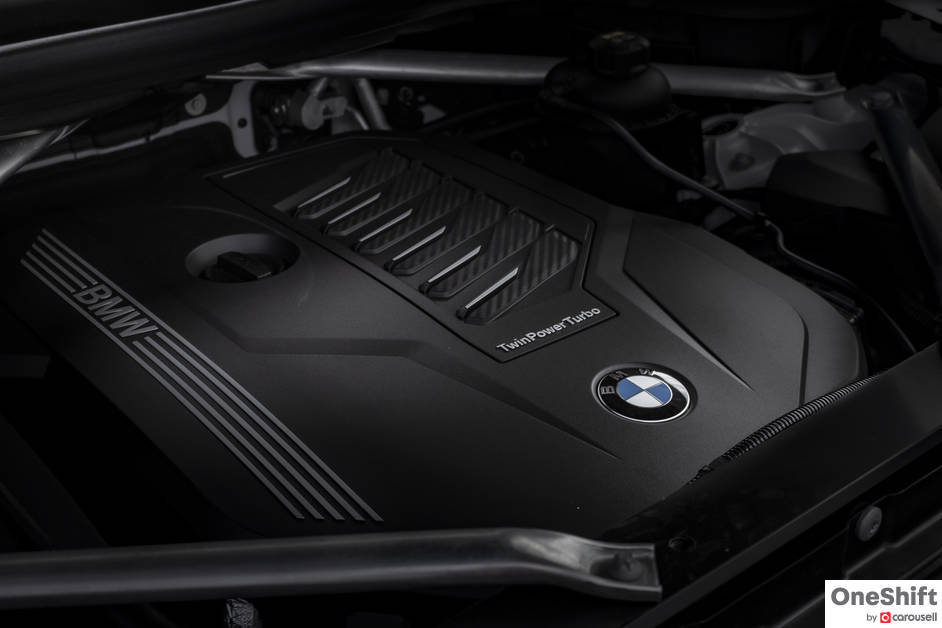
Sitting on an self-levelling adaptive air suspension, ride quality of the X5 is pleasant. Gear upshifts are smooth, thanks to the assistance of new torsion dampers, which reduce rotational irregularities.
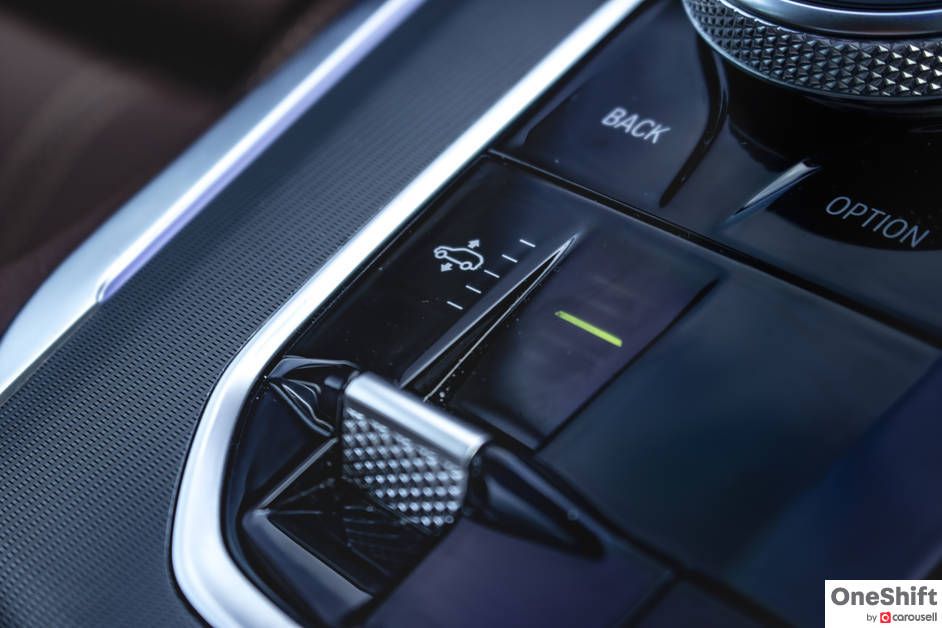
In ensuring a dynamic driving experience, the BMW xDrive intelligent all-wheel-drive system is able to offer a rear-biased set-up, allowing for just a little more oversteer. Beyond driver dynamics, the system is also able to direct drive just to the rear wheels for added efficiency.
In ‘Sport’ mode, ride height is dropped by 20mm for additional stability, improving on handling, while reducing the effects of weight transfer. With a lowered suspension, handling improves, however the car does feel slightly soft around the edges, and its heft would show itself around the bends. The steering however, feels a little too light for my liking. Speaking of steering, the Integral Active Steering (essentially four-wheel steering), can be requested for. This improves maneuvering the car in tighter spaces, similar to cars with shorter wheelbases, and provides greater lane-changing stability at higher speeds.
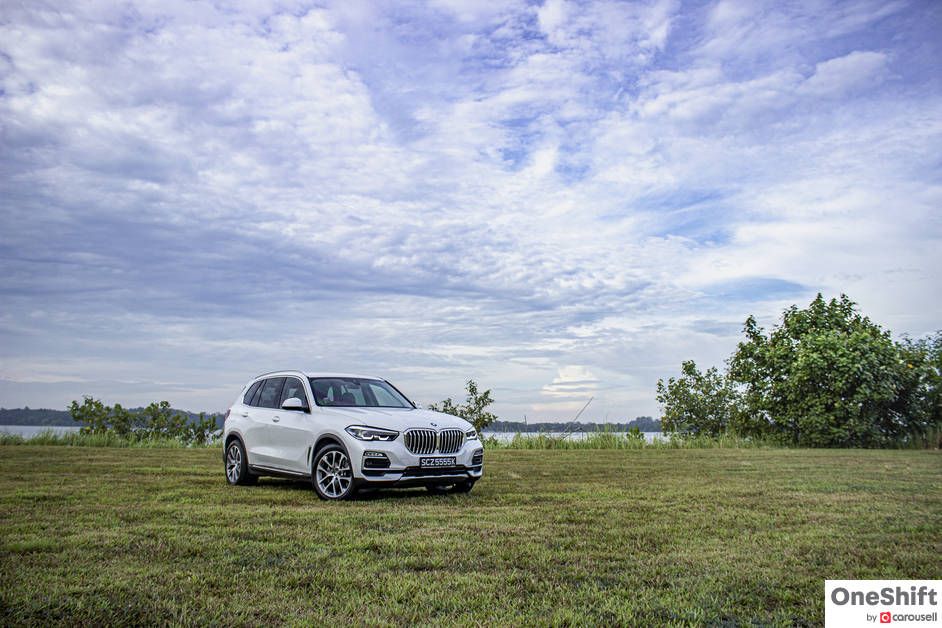
Not forgetting the ability to check the offroading box, the X5 can also be raised to a maximum of 40mm above its standard drive height for better access. There is also an available Off-Road Package for those who would want to “properly” take this precious car off the beaten path.
A suite of safety and convenience features, like the available Active Cruise Control (ACC) with Stop and Go function, allows the function to be used, even in start-stop situations, which works well in countries like ours, where traffic can come to a crawl or a standstill on our highways. Systems like its Crossing Traffic Warning, helps when reversing into the path of crossing traffic, prompting you to stop if there is an on-coming vehicle or pedestrian.
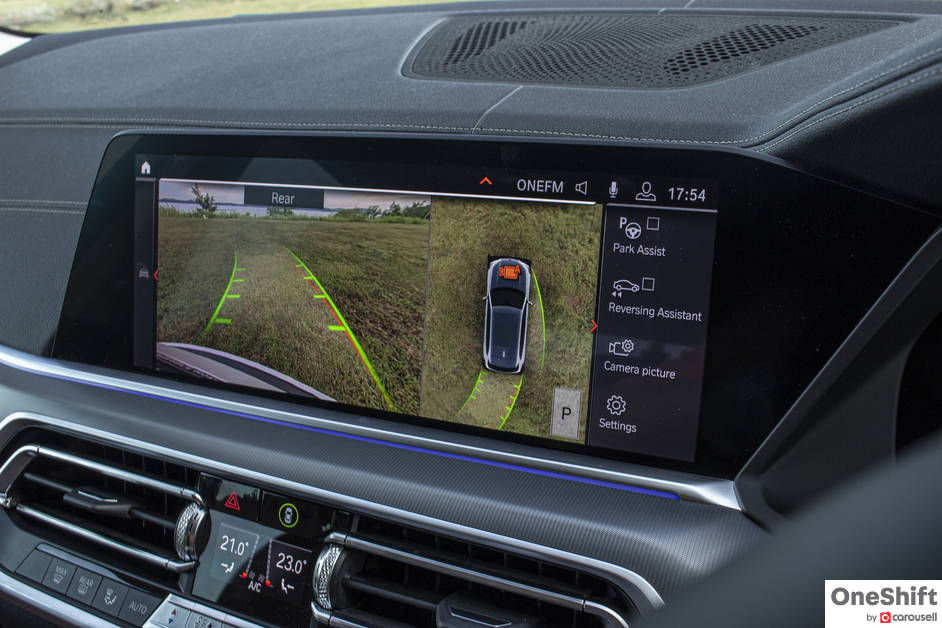
Parking Assistant Plus is also fitted into the X5 as standard, allowing the car to park itself in both parallel and perpendicular parking lots. The all-new Reversing Assistant, which debut with the new 3 Series is also included in the X5, allowing the car to effortlessly reverse out of tight winding spots by tracing the path taken, to up to 50m.
While the market is now saturated with competition, compared to when BMW first launched the X5, we like how it has evolved. Not only is it beautifully penned, and delivers the goods in BMW fashion, the amount of tech in the car, ensures a satisfying owner experience.
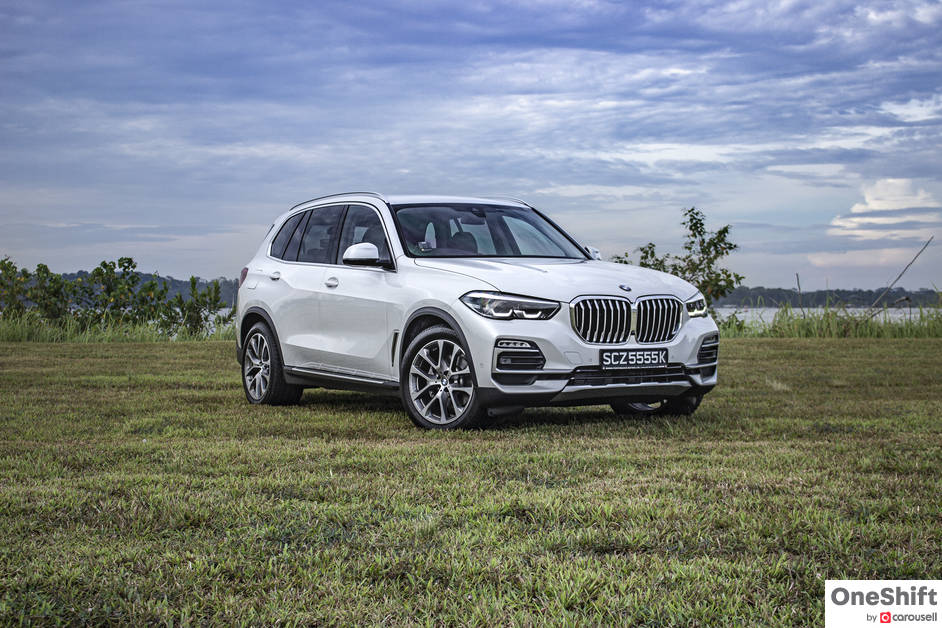
The most direct competition for the X5 comes from the Mercedes-Benz GLE, which has also just been launched this year. Audi’s Q7 will soon go through an extensive freshening up, and also seats up to seven; while Volkswagen’s flagship Touareg which drives very well we must say, and is powered by a VW/Audi/Porsche shared 3.0 V6, does present itself as a worthy option for substantially less coin, albeit a little less kit. The Porsche Cayenne on the other hand offers near razor-sharp handling, but added extras would make even the base model of that car a very pricey option.
Credits:








Get the Best Price for your used car
from 500+ dealers in 24 hours

- Convenient and Hassle-Free
- Consumer Protection
Transparent Process
With No Obligation






